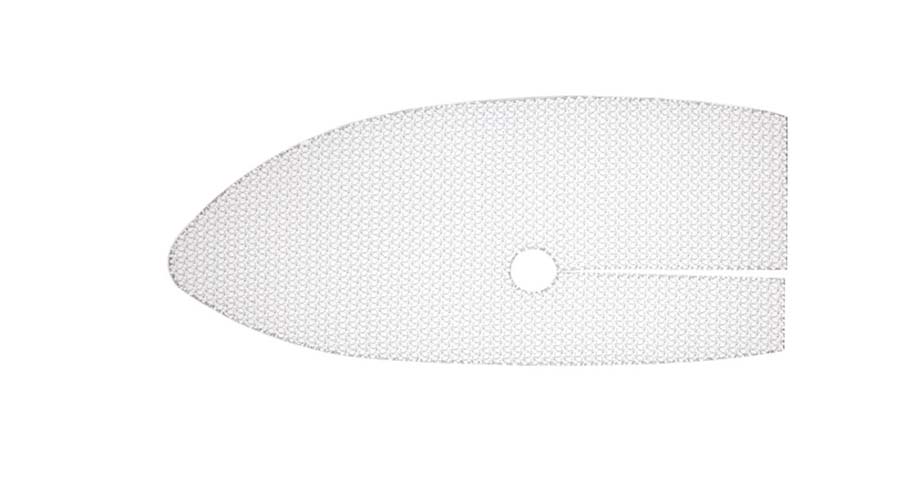References
As compared to other traditional polypropylene mesh, such as Classic Bard® Mesh
Disclaimers
Not all products, services, claims or features of products may be available or valid in your local area. Please check with your local BD representative.
Please consult product labels and instructions for use for indications, contradictions, hazards, warnings, and precautions.
Indications
Bard® Soft Mesh Pre-shaped is indicated for the repair of inguinal hernias.
Contraindications
Do not use Bard® Soft Mesh Pre-shaped in infants, children, or pregnant women, whereby future growth may be compromised by use of such mesh material.
The use of this mesh has not been studied in breastfeeding or pregnant women.
Literature reports that there may be a possibility for adhesion formation when the polypropylene is placed in direct contact with the bowel or viscera.
Warnings
The use of any synthetic mesh or patch in a contaminated or infected wound could lead to fistula formation and/or extrusion of the mesh.
If an infection develops, treat the infection aggressively. Consideration should be given regarding the need to remove the mesh. An unresolved infection may require removal of the mesh.
If unused mesh has been in contact with instruments or supplies used on a patient or contaminated with body fluids, discard with care to prevent risk of transmission of viral infections.
To prevent recurrences when repairing hernias, the mesh should be sized with appropriate overlap for the size and location of the defect, taking into consideration any additional clinical factors applicable to the patient. Careful attention to mesh fixation placement and spacing will help prevent excessive tension or gap formation between the mesh and fascial tissue.
The mesh is supplied sterile. Inspect the packaging to be sure it is intact and undamaged prior to use.
This mesh has been designed for single use only. Reuse, reprocessing, resterilization or repackaging may compromise the structural integrity and/or essential material and design characteristics that are critical to the overall performance of the mesh and may lead to mesh failure which may result in injury to the patient. Reuse, reprocessing, resterilization or repackaging may also create a risk of contamination of the mesh and/or cause patient infection or cross infection, including, but not limited to, the transmission of infectious diseases from one patient to another. Contamination of the mesh may lead to injury, illness, or death of the patient or end user.
To avoid injury, careful attention is required if fixating the mesh in the presence of nerves, vessels or the spermatic cord. Fastener penetration into underlying tissue containing nerves or blood vessels may result in the need for medical/surgical intervention, cause serious injury or permanent impairment to a body structure.
This mesh is not for the use of repair of pelvic organ prolapse.
This mesh is not for the use of treatment of stress urinary incontinence.
Precautions
Please read all instructions prior to use.
Only physicians qualified in the appropriate surgical techniques should use this mesh.
Adverse Reactions
Possible complications may include, but are not limited to, seroma, adhesions, hematomas, pain, infection, inflammation, extrusion, erosion, migration, fistula formation, allergic reaction and recurrence of the hernia or soft tissue defect.


